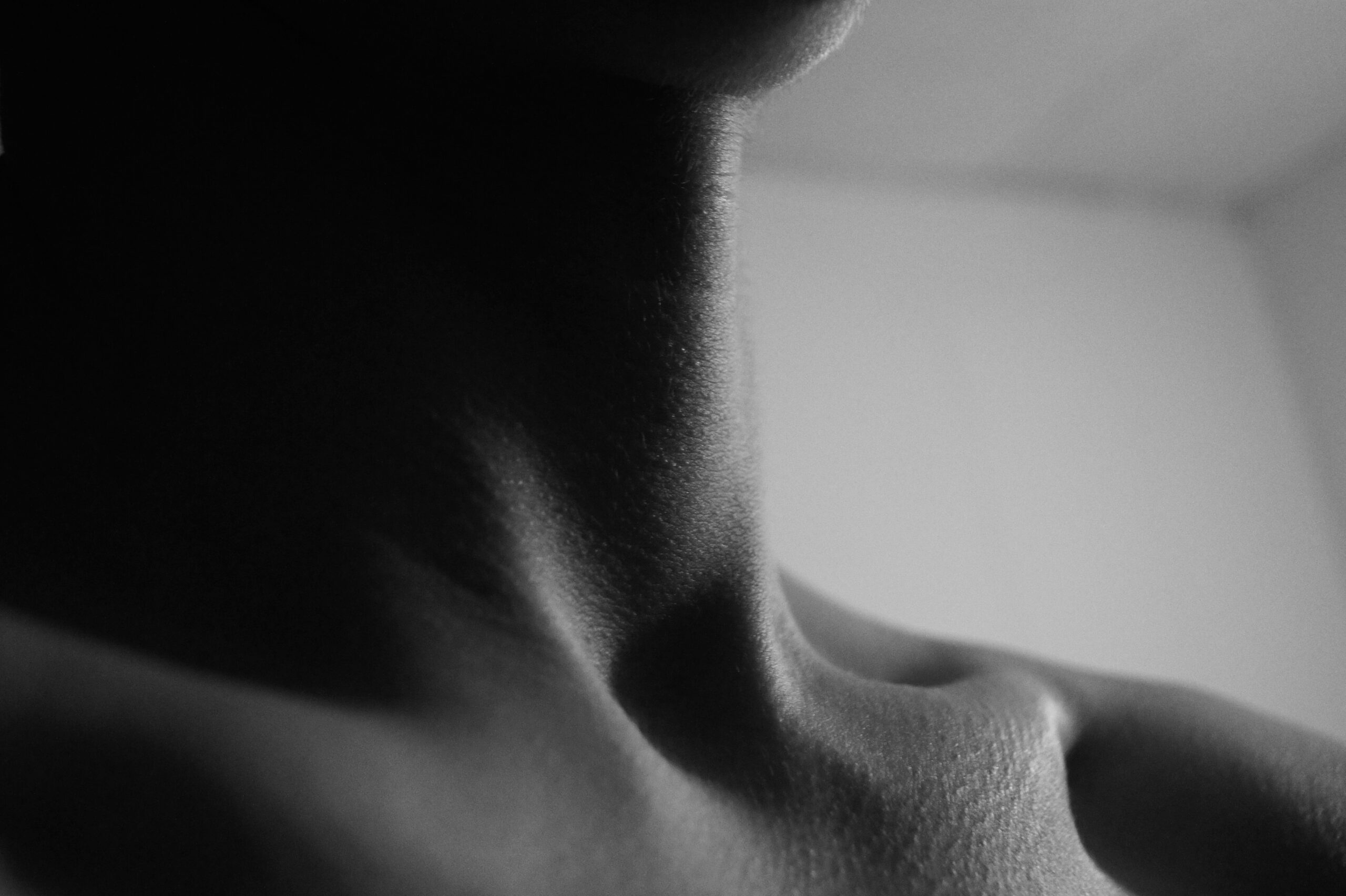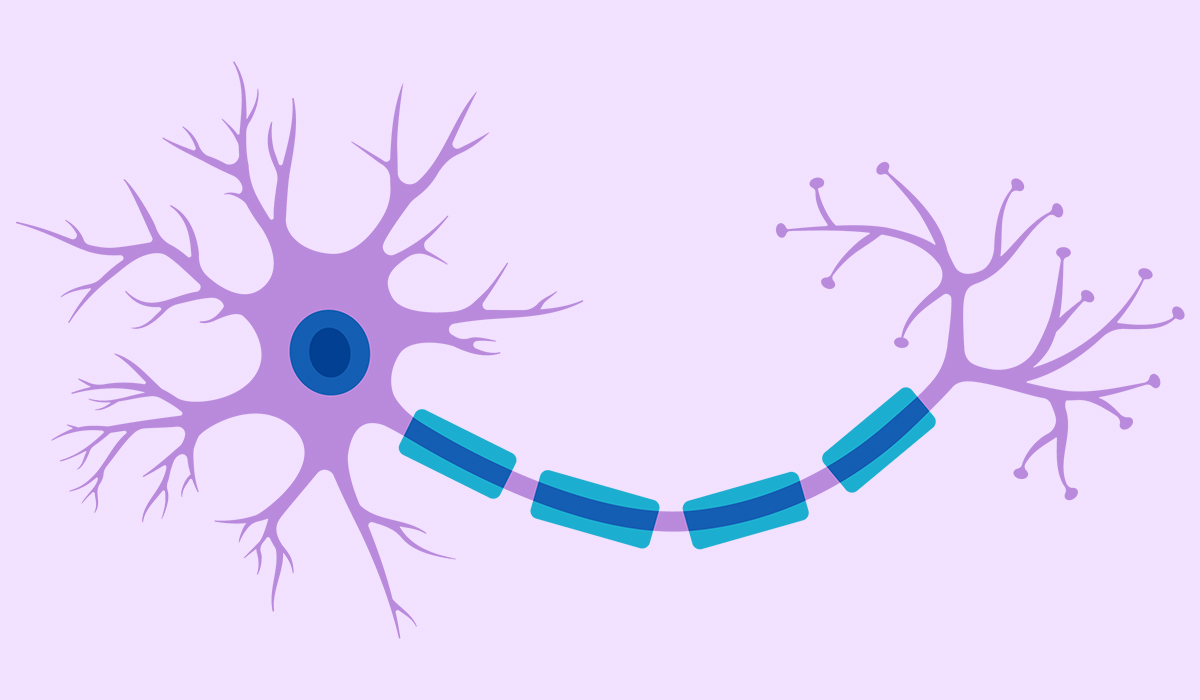The neck can be defined as a complex yet essential structure comprising different systems that link the head to the rest of the body. It is more than just a link; it is the pillar of various systems that keep our lives alive. The neck is paramount for the body's normal (and voluntary) motion and the sustenance of vital functions like respiration.
The neck is a critical nexus for many physiological processes as it facilitates the passage of food and oxygen through the anchorage of necessary blood arteries and neurons. Nevertheless, its significance is not rarely noticed until an event occurs.
The neck should not be undervalued. The skull is a carrier of the cranium that weighs 10-12 pounds, and the ability of our heads to move during emotional expressions, observations, and conversations is contributed by it. The neck is a conglomeration of various elements that possess great significance. The jugular veins bring blood back from the brain and through the carotid arteries to the heart.
Bones, muscles, nerves, arteries, veins, organs, and other components comprise the neck's sophisticated and skillful structure. The crashing or advent of each part is the basis for people being healed or continuing to live. On the contrary, the C1 vertebra of precision is the cervical spine on such occasions. Seven vertebrae are found in this part of the spine. They are numbered C1 to C7. These vertebrae have been specially designed to be deformable and to provide support, which is a feature not found in other bones in the body. We can take the atlas up and bow our heads.
The muscles surrounding these bones are the ones that allow us to keep the erect position and turn our heads in different directions. The trapezius, levator scapulae, scalene, and sternocleidomastoid muscles are comprised. Using the sternocleidomastoid muscle, the skull can rotate and flex. The trapezius is also the longest muscle in the back and covers a large area. It manages to keep the neck vertical and rotate the shoulders.
Nevertheless, the descriptions of bones and musculature are limited. Furthermore, the neck is the main site for critical blood vessels and nerves. The spinal cord, passed through the cervical vertebrae, transmits the information from the brain to the body. Through the spinal cord, the regulation of numerous nerves in the neck, shoulders, and extremities is achieved. They are called cervical nerves. The carotid arteries and the jugular veins are the two most important blood vessels in the body, found in the neck. The arteries act as a conduit for blood going to and coming from the brain.
The thyroid and parathyroid glands are situated in the neck area. These glands are responsible for the regulation of metabolism and calcium levels. The larynx, commonly known as the voice box, is an organ positioned at the front of the neck. Its main purpose is to prevent the airway from being blocked by food substances during the eating process.

The neck is doing numerous imperative and fundamental employments that are all exceptionally critical. It's not just a gadget to back your pose; in truth, it's a complex instrument that can move you forward and defend you. The neck permits us to do essential but vital activities such as tilting, turning, and gesturing, which empower us to associate with our environment daily. Voice signals are too required for silent communication, such as a head signal showing agreement or contradiction.
The neck isn't as it were exceptionally adaptable but moreover an awfully great way to carry things and secure them. It ensures the supply routes and blood supply that ought to be coming from the brain through the body's other parts. The airway serves as a conduit for discuss to reach the lungs, whereas the esophagus plummets along the throat and transports nourishment to the stomach. Which ways are deterred by the muscles and bones of the neck and can be accessed?
Having a successful blood circulation framework is additionally an essential capacity. The carotid supply routes and the jugular veins within the neck are capable of carrying oxygen to the brain and returning blood that has been oxygen-depleted. When these lines are cracked, the brain may be denied oxygen, causing genuine results.
Neck is the most pathway of the nervous system. One of the most ways that the brain and body associated is through the spinal cord which is located within the cervical spine. The neck is required for numerous things from composing to moving since the muscles within the neck are the ones that control the lion's share of the development and feeling within the arms and upper body.
The neck is the place where numerous distinctive issues and infections happen due to its complexity and significance within the body. These issues can be caused by wounds, wear and tear, illnesses, or birth absconds.
Cervical spondylosis is one of the foremost common complaints around the neck. The degenerative malady devastates the joints and circles within the neck, coming about in stiffness and steady torment. In older patients, it can moreover lead to nerve issues, for occurrence, numbness or firmness within the appendages.
Whiplash could be a common neck harm that happens when the head is abruptly tossed forward or in reverse, as in a car crash. Whiplash is related to an assortment of side effects, including cerebral pains, discombobulation, inconvenience moving, and a firm neck. The larger part of individuals recoup after a while, but for a few, the repercussions hold on for a long time.
This condition is formally known as cervical radiculopathy, but in some cases individuals fair allude to it as a “squeezed nerve.” The zones of the cervical spine where the nerve root is being squeezed or aroused are the ones that different neck wounds have caused. In most cases, cervical radiculopathy is caused by bulging circles or bone goads. They can send shooting torment, deadness, or solidness from the neck to the arms and shoulders.
Wry neck, or tortticollis![]() , could be a condition where muscles get solid and can not be loose. This causes the head to tilt to one side. It can be due to exceptionally genuine neurological clutters, birth surrenders, or muscle torment. Torticollis can be either short-term or long-term, depending on the cause. Each of these sorts requires a particular treatment plan.
, could be a condition where muscles get solid and can not be loose. This causes the head to tilt to one side. It can be due to exceptionally genuine neurological clutters, birth surrenders, or muscle torment. Torticollis can be either short-term or long-term, depending on the cause. Each of these sorts requires a particular treatment plan.
A disease in the throat can be exceptionally hurtful. It is an ailment of the films that cover the brain and spinal rope. It causes firmness within the neck, migraines, and fevers, and on the off chance that it isn't treated, it can be dangerous.

Healed cures for problems with the cervical spine are all-inclusive. First, doctors should be thorough while diagnosis and treatment of patients as neck anatomy is complicated and many disorders can be assumed.
In the first place, physical examination and full medical history are two ways that doctors typically start to figure out what's wrong with the neck. The doctor will interrogate about the symptoms, for example, the starting point, the degree of severity, and whether they have become worse over time. Moreover, they will also study if there were any linked health issues such as surgeries, neck injuries, or any other conditions.
Along with their upper limb strength and responses, the patient's neck range of motion, neck discomfort, or other issues will be evaluated throughout the physical test.
Generally, the first imaging technique that is used to check any cervix-related problems is the X-ray. Bright images of the bones of the spine enable clinicians to assess whether a patient has a fracture, dislocation, or degenerative changes. Nevertheless, X-ray pictures have very little information about the soft tissues of the neck, that is, muscles, tendons, and nerves.
Other than that, doctors may moreover require an MRI to urge more clear pictures. Usually a significant test since it is utilized to imagine both delicate tissues and difficult tissues (bones). Hence, it is the most excellent strategy for deciding the area of bulging circles, spine compression, cervical radiculopathy, and spinal stenosis. MRIs can moreover discover neck-based tumors, contaminations, and provocative infections.
Looking at bones, CT checks are very okay with their representations. This sort of examination happens when the see of the breaks or any other bone changes is total. Conducting surgery and evaluating the seriousness of wounds by mischance point enormously on CT checks.
Electromyography (EMG) testing is the one that makes a difference to check out neck and upper appendages muscles and nerves. They particularly exceed expectations in identifying such disarranges as fringe nerve harm and cervical radiculopathy. Meanwhile, nerve conduction tests determine the speed and strength of nerve driving forces, and EMG records the electrical movement in muscles.
Ultrasound imaging can be utilized for the full body, but it can moreover be utilized for recognizing neck issues like protuberances or thyroid cancers. The include that sets Doppler acoustic testing separated from other imaging methods empowers specialists to track blood stream in the neck supply routes and veins, subsequently understanding the patient's condition.
Discography![]() may be an apparatus that specialists use to explore the intervertebral plates within the neck range. Amid the plate infusion of differentiated colors, the understanding is inquired on the off chance that she feels any distress amid the method. Finding the circle that causes your issues will help you arrange your treatment or surgery.
may be an apparatus that specialists use to explore the intervertebral plates within the neck range. Amid the plate infusion of differentiated colors, the understanding is inquired on the off chance that she feels any distress amid the method. Finding the circle that causes your issues will help you arrange your treatment or surgery.

The treatment of neck illnesses is based on the infection, the patient's well-being, condition, and affectability, which is considered extraordinarily formulated for the person. Numerous different treatment alternatives exist, from less meddling measures such as physical treatment and drugs to more hazardous mediations such as surgery. The leading comes about are, as a rule, accomplished through the combination of different modalities.
Neck pain is regularly made strides by physical treatment when the essential cause is neurological or musculoskeletal. A physical therapist's primary destinations in a customized workout program are to fortify the cervical and increase movement. Adaptability, pose redress, and manual treatment are medications that can be utilized to diminish torment and reestablish functionalities. Whiplash, cervical spondylosis, and muscle pressure are the illnesses that have an expansive reaction to this sort of treatment.
Pharmaceuticals are routinely utilized to calm the torment related to neck issues. Ibuprofen and naproxen are two cases of nonsteroidal anti-inflammatory drugs that work this way. Muscle relaxants![]() may be suggested for the treatment of muscle fits caused by aggravation, whereas corticosteroids may be utilized to diminish serious aggravation or neuropathic torment. A few specialists may moreover utilize anticonvulsants and antidepressants to alter the torment signals in inveterate torment patients.
may be suggested for the treatment of muscle fits caused by aggravation, whereas corticosteroids may be utilized to diminish serious aggravation or neuropathic torment. A few specialists may moreover utilize anticonvulsants and antidepressants to alter the torment signals in inveterate torment patients.
A chiropractor can offer assistance bargain with particular sorts of neck torment that are due to misalignment of the spine. Chiropractors apply spinal control to adjust the cervical spine and to reposition the cervical spine in case of a cervical spine damage. The objective of this treatment is to diminish torment and accomplish a typical spinal arrangement.
Acupuncture is one of the branches of Chinese pharmaceuticals that deals with the presentation of needles into certain parts of the body. It has been known more as of late as a complementary treatment for neck torment, particularly in the case of unremitting muscle pressure, harm, or stress-related inconvenience. Acupuncture, so it is claimed, makes a difference in human creatures by implying the generation of endorphins that, at that point, trigger the characteristic forms within the body to slaughter torment.
Massage therapy is another non-invasive treatment for neck pain that has a high success rate in mild injuries, tension, or muscle strain cases. Relaxation methods like deep tissue massage, trigger point treatment, and myofascial release are beneficial in treating pain by concentrating on specific areas. However, the unit's main functions are to relieve pain, promote circulation, and ensure general well-being in addition to other medical procedures.
Table of Contents

Spondylosis is a degenerative change in the spine that usually occurs with age. Find out how to recognize the disease… read more »

Neck pain, which a few individuals call cervicalgia, implies having distress or hurt feelings within the neck zone with bones,… read more »

Cervical cancer is a type of cancer that occurs in the cells of the cervix, which is the lower part… read more »

A stiff neck, moreover called cervical rigidity, is when your neck feels awkward and difficult to move. You might feel… read more »

Nerve pain, which specialists refer to as neuropathic pain, maybe a complex and regularly troublesome condition emerging from harm to the nervous… read more »

Nerve is a bundle of fibers made up of neurons that transmit sensory and motor information between different body parts… read more »

A chiropractor is a doctor who specializes in the diagnosis, treatment, and avoidance of conditions relating to the musculoskeletal framework,… read more »

Neuralgia, moreover called nerve torment, is a solid throb that feels like cutting or burning and follows the way of… read more »

Muscle pain, which specialists call myalgia, is a broad issue that numerous individuals around the globe experience. The intensity of… read more »